It’s easy to dismiss spectacular, sordid, or powerful historical items as mythical or the things of legends.
But sometimes, items from history are that are presented as magical or aspirational, end up being real things.
What have you heard about the real mythical item listed below? Which blows your mind the most?
1. Mary’s Little Lamb

It’s more of a nursery rhyme than a legendary object, Mary and her little lamb both very much existed. “Mary Had a Little Lamb” is a story based on the activities of Mary Sawyer, a young girl in Sterling, Massachusetts, during the early 1800s.
Unlike the children’s tale, the real Mary rescued her lamb after its mother rejected it. Sawyer recalled how the little lamb “could not swallow,” so she nursed it to health. After that, the lamb really did follow her around, even tagging along to school on one occasion:
The day the lamb went to school, I hadn’t seen her before starting off; and not wanting to go without seeing her, I called. She recognized my voice, and soon I heard a faint bleating far down the field. More and more distinctly I heard it, and I knew my pet was coming to greet me. My brother Nat said, “Let’s take the lamb to school with us.”
Mary and Nat took the lamb with them, hid it until their teacher heard it bleat, and then took it outside.
2. The Braveheart Heart

It is said to have been taken to the Holy Land during the 14th century, the heart of Robert the Bruce (d. 1329) was taken by his knights per his request. Robert the Bruce had vowed to go on a pilgrimage but, after realizing he would not live to make the trek, asked his friend Sir James Douglas to carry his heart in a silver casket to Jerusalem instead.
The embalmed heart of Robert the Bruce made its way into battle against Spanish Muslims (Douglas perished while in Spain), but never reached the Holy Land. It was taken back to Scotland and buried at Melrose Abbey.
3. The Hand Of Glory
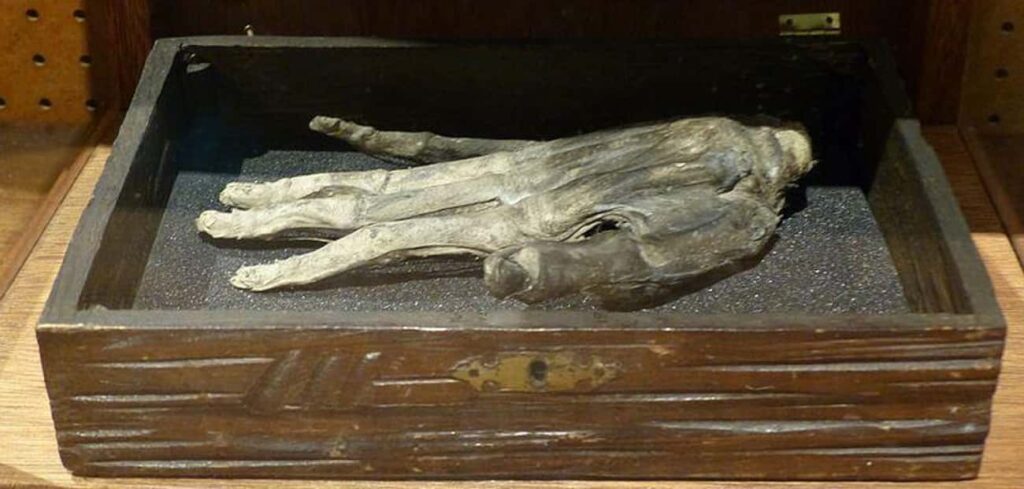
Severing a limb from a criminal has been a technique of deterrence dating back at least as far as the Code of Hammurabi (c. 1772 BC). At times, however, those discarded parts – especially hands, were used for nefarious ends.
A “hand of glory” is purported to have magical powers. According to legends (of which there are many), after the hand is taken from a hanged criminal and dried, it can be used to cast spells or unlock restricted areas.
When the hand is waved in front of people, they are rendered helpless, opening themselves up to thieves or some other violation or vulnerability. Sometimes hands of glory were used as candles, dipped in or fitted with wax derived from the fat of the body from which the hand came.
4. The Tower Of Babel
It is described in the biblical book of Genesis, the Tower of Babel was a building constructed by humans in an attempt to reach the heavens. The Tower of Babel, as part of biblical narrative, explains the disunity and dispersal of humanity, with God endowing the builders with different languages to deter their task.
Archaeological evidence indicates a real tower once stood in Babylon. A tablet dated to the sixth century BC features an image of the tower, although exactly when it was constructed remains in question.
Continue reading below:
5. The Riot Act

As a colloquialism, being “read the Riot Act” is based on the actual Riot Act of 1714. The Riot Act, which went into effect in England in 1715, was passed to bring an end to the country’s civil disturbances.
According to the act:
Any persons to the number of twelve or more, being unlawfully, riotously, and tumultuously assembled together, to the disturbance of the public peace… and being required or commanded by any [public official] in the King’s name, in the form herein after directed, to disperse themselves and peaceably to depart to their habitations, or to their lawful business.
Failure to leave after being told to do so could result in forceful action by authorities.
The Riot Act was implemented throughout the expanding British Empire, where the “reading of the Riot Act” was carried out to preempt bad behavior.
6. Scarlet Letters

The titular object in Nathaniel Hawthorne’s The Scarlet Letter, a scarlet letter was used to visually identify – and humiliate – individuals who violated Puritan norms and laws. Bold, punitive, and a permanent identifier, the red “A” worn by Hester Prynne labels the woman an adulteress for life.
Scarlet letters were used by Puritans in colonial New England during the 17th century, and adultery wasn’t the only offense addressed by Puritans. Drunkards had to wear a “D,” while thieves, paupers, and blasphemers were labeled with their respective initials, as well.
According to records of the New Plymouth colony, punishments for adulterers included whipping and wearing cloth letters “[sewn] on their uppermost garments on their arm or back.” Failure to wear those letters resulted in additional whippings.
It should be noted that there was no distinct provision for these letters to be red in the law, but courts were known to make that distinction.
7. Horned Helmets
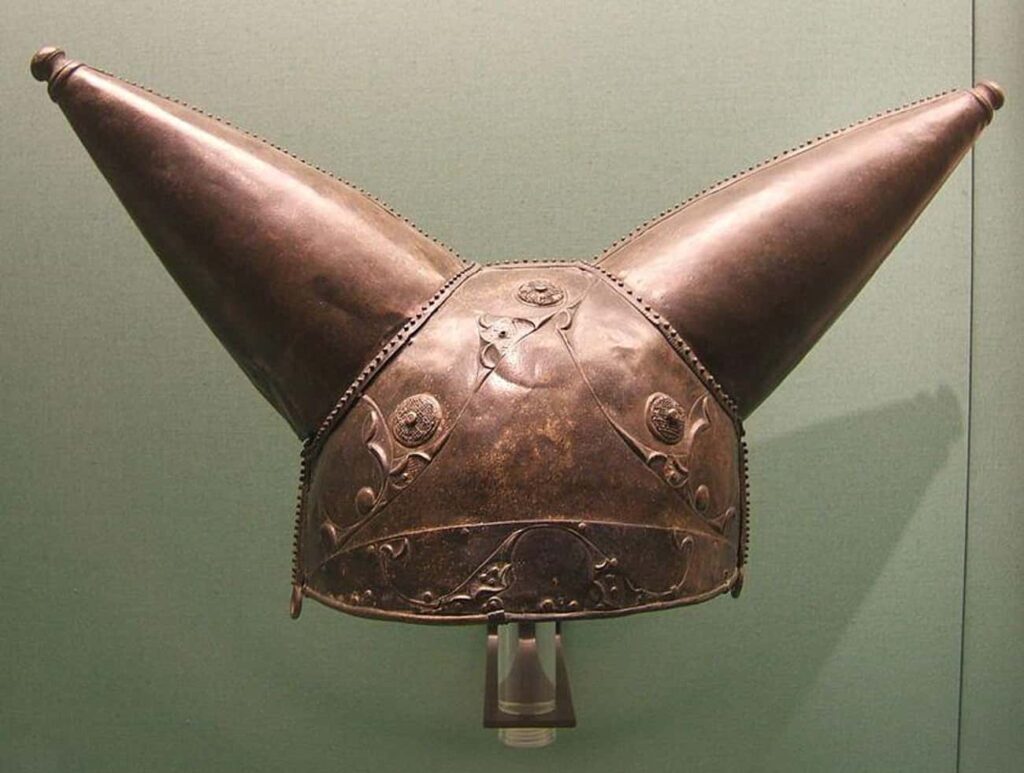
Though horned helmets are usually associated with Vikings, they rarely, if ever, wore them. Instead, such helmets were donned by various groups during the Bronze and Iron Ages. According to Homer’s Iliad, Greeks wore horned helmets.
Archaeological evidence indicates deities in the eastern Mediterranean were depicted with horned helmets, and the so-called “Waterloo Helmet” traces to the first or second century BC.
Discovered along the River Thames in England, the “Waterloo Helmet” is believed to have been used for ceremonial purposes (horns, after all, have no practical purpose on a battlefield). Yet 1st-century BC Roman historian Diodorus Siculus does describe Celts wearing “bronze helmets which have large embossed figures standing out from them and give an appearance of great size to those who wear them; for in some cases horns are attached to the helmet so as to form a single piece…”
8. Pirates’ Earrings
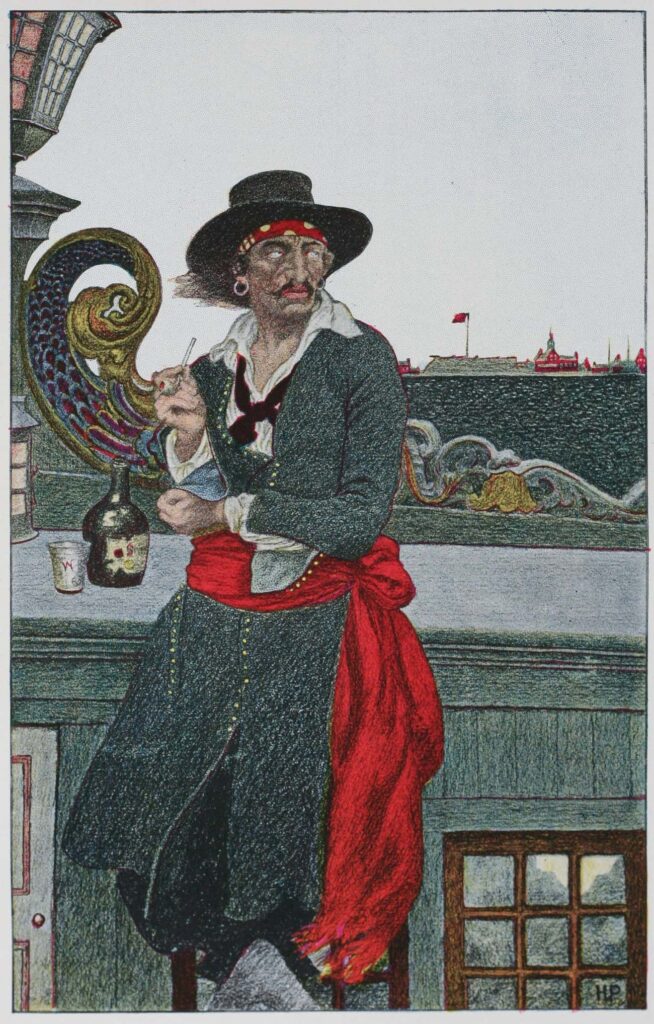
Pirates are often depicted in popular culture wearing bandanas, eye patches, and earrings, though real pirate and privateer garments varied through the centuries. Earrings were commonly worn by pirates, though their reasons for doing so varied according to the individual.
Especially popular among buccaneers during the 16th century, earrings were used to represent the extent of a seafarer’s travels. Silver and gold earrings could be a form of currency, or simply a way of keeping one’s wealth safely on one’s person amid a transient existence.
It’s believed that earrings were also worn for medicinal purposes, as they were thought to heal ailments or improve eyesight. Superstition also contributed to their presence, with earrings serving as protective charms.
9. Dunce Caps

Crafted into a cone shape and labeled with a “D” or the word “dunce,” dunce caps were used to set apart class clowns and less-than-stellar students in a classroom. The origins of the dunce cap, however, are in direct opposition to how the head-toppers came to be worn from the 16th century forward.
Medieval philosopher and theologian John Duns Scotus believed conical hats could function as a funnel of sorts, attracting knowledge into the tip and spreading to the wearer’s brain. Cone-shaped headgear indicated wisdom until Scotus himself became the enemy of religious thought. His name – Duns (from the town in Scotland where he was born) – became a term for ignorance, and eventually evolved into the word “dunce.”
During the Victorian era, and well into the 20th century, dunce caps were placed atop the heads of young children as they sat on stools in the corner of a classroom, cast off as troublemakers or slow learners. The fear and intimidation of a dunce cap was also a way to keep students in line.
10. The Rosetta Stone

When you hear the words “Rosetta Stone,” you may think of that language-learning program designed to help you pick up a new tongue with ease. That tool derives its name from the real Rosetta Stone, which is currently on display at the British Museum.
Discovered by French soldiers in Egypt in 1799, the Rosetta Stone contains ancient writing in three scripts. A large, black, basalt slab, the Rosetta Stone features the same passage written three times: once in Greek, once in Egyptian hieroglyphics, and once in Egyptian demotic.
Once linguists were able to correlate the meanings of words in readable Greek, the Rosetta Stone opened up possibilities for the translation of Egyptian hieroglyphics.
11. The Shroud Of Turin

Seeming to bear the image of a man, the Shroud of Turin is believed to be part of Jesus of Nazareth’s burial garment. Made out of linen, rectangular in shape, and a Christian icon, the Shroud has undergone extensive scientific testing, including carbon dating and bloodstain verification.
While there remain numerous questions about the authenticity of the Shroud – it’s been accepted and denied many times over – it remains at the heart of Jesus’s story for millions of Christians worldwide.
The Shroud of Turin is encased for its protection at the cathedral in Turin, Italy, but was livestreamed to celebrate Easter in April 2020.
12. Plague Doctors’ Masks
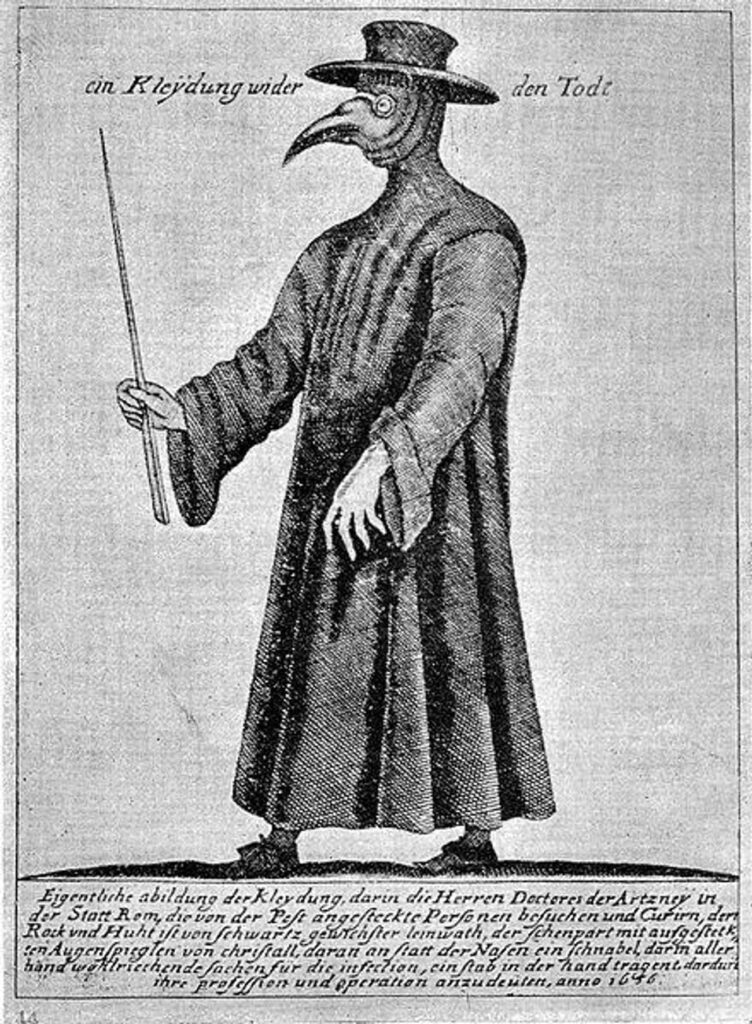
The beak-shaped masks worn by physicians treating plague victims weren’t worn until the 17th century, but they did exist. As face coverings designed to purify the air, plague masks were accompanied by a hat, cloak, boots, or pants, and often gloves.
Plague masks are believed to have been part of the uniform of sorts designed by Charles de Lorme (d. 1678), an esteemed physician during the 17th century. These featured a nose “half a foot long, shaped like a beak, filled with perfume with only two holes, one on each side near the nostrils, but that can suffice to breathe and carry along with the air one breathes the impression of the [herbs] enclosed further along in the beak.”
Perfumes and other sweet-smelling contents were intended to protect the physician from contracting the disease, as foul smells were believed to cause the plague.
What are your thoughts? Did we miss anything? Let us know in the comments below:


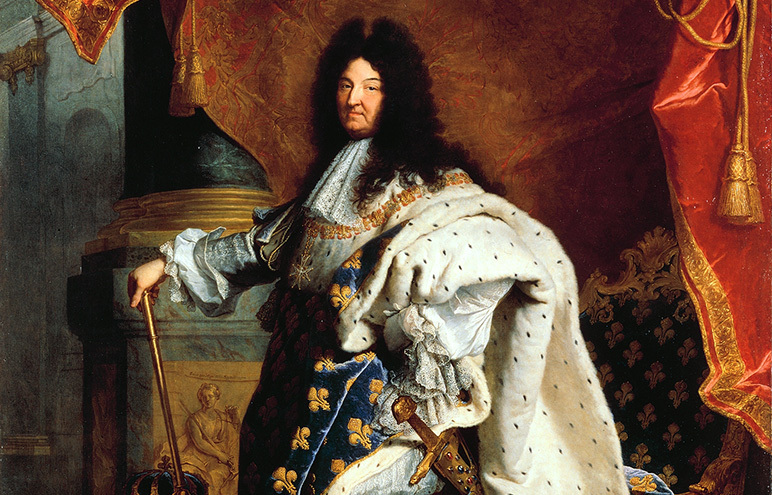




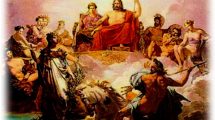
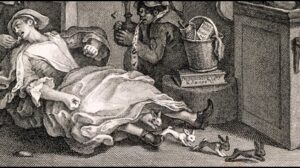


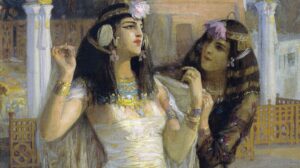

Add Comment